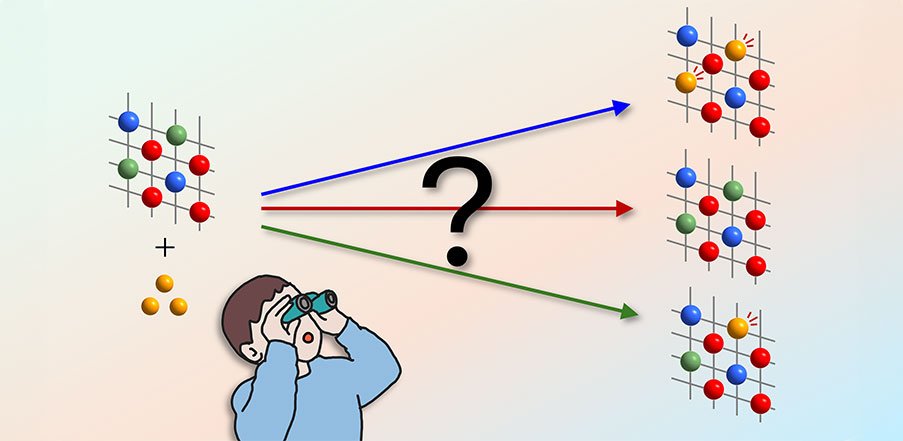This article is taken from News Bulletin Online.
In recent years zirconia-based ceramics have risen to challenge metal-ceramics as the dominant restorative material for indirect restorations. A critical review (Lawn and Zhang, 2018) published an excellent summary of the current status of the subject1 which I encourage you to read if you want to know more about the ceramics with which you work.
Pure zirconia has three principal phases: monoclinic at room temperature; tetragonal above ~1,170°C; cubic above ~2,370°C. Enhanced strength and fracture toughness can be achieved by the measured incorporation of dopants into the starting powder so that the tetragonal phase is partially stabilised within the microstructure at room temperature. Externally applied forces result in expansion and shape change within individual grains thereby absorbing energy and affording damage resistance (1).
Yttria-stabilised tetragonal zirconia polycrystal (Y-TZP) is the most widely used variant, however there are numerous variations in composition. Of these, 3 mol% (5.2 wt %) yttria-stabilised tetragonal zirconia polycrystal (3Y-TZP) has become the staple ceramic for prosthetic restorations (2, 3). These ceramics are relatively opaque and unacceptable for anterior use unless veneered with an aesthetic silica based feldspathic porcelain. Layered feldspathic porcelain on zirconia has been associated with higher chipping than metalceramic restorations and to be successfully utilised careful design of the supporting Y-TZP core is required as well as slow heating and cooling of the laminated ceramic to reduce residual thermal stresses.
In an attempt to improve monolithic ceramic translucency higher yttria content ceramics were developed, 4 mol% (4Y-TZP) and 5 mol% (5Y-TZP). However the trade-off was a significantly increased cubic zirconia content, resulting in diminished strength and toughness. The flexural strength of 3Y-TZP ranges from 900-1,500 MPa, 4Y-TZP ranges from 600-1,000 MPa and 5Y-TZP ranges from 400-800 MPa (1). Accordingly, appropriate caution should be exercised when considering using 5Y-TZP ceramics because of the risk of increased fractures.
Durability is more than static material properties from standardised laboratory testing. Properties can undergo progressive degradation from crack growth under cyclic loading. As a rule of thumb strength diminishes by a factor of 2 to 3 over the lifetime for ceramics (4).
Maintaining physical properties while increasing translucency of zirconia ceramics may be achievable by reducing grains to less than 100 nanometres (5). Such zirconia nanopowders are becoming commercially available. Processing strategies are in development to avoid porosity and excessive grain growth. It appears that in the future we may indeed have translucent zirconia ceramics that are both strong and aesthetic.
1 to 5: References supplied are available on request from [email protected]
(article by Scott Davis on behalf of the Dental Instruments, Materials and Equipment subcommittee.)



